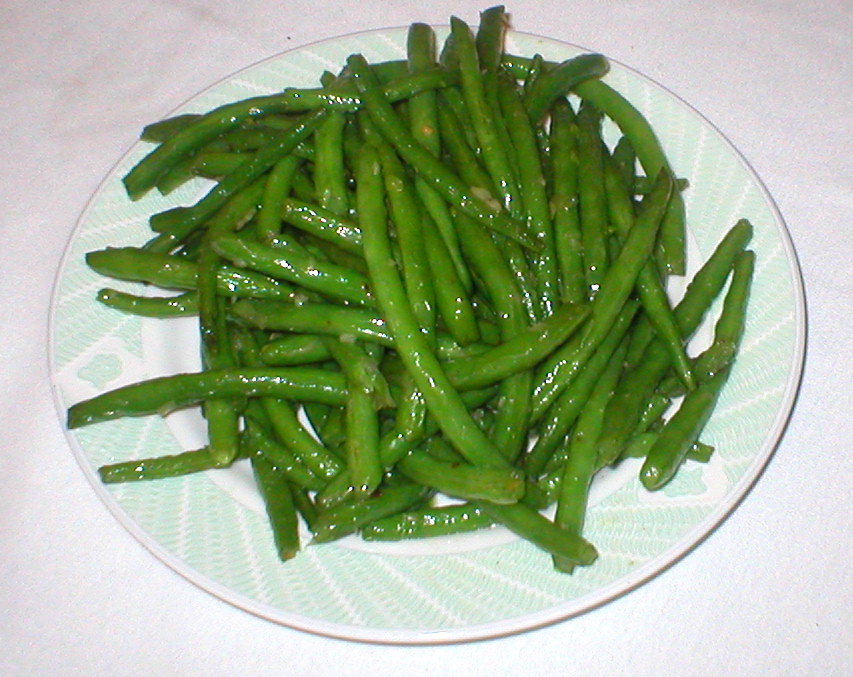The meal adapted for Europeans which is served at the Japanese restaurants, actually has a little in common with that food which ordinary Japanese use. The majority of those who have visited Japan tell, that sushi there is tasteless, and all other dishes of national kitchen is basically impossible to eat. We offer you the list of typical products which quite often appear on tables of Japanese families.
1. Natto
Natto are the overfermented soybeans notorious for the sharp smell, much reminding dirty socks. These slippery beans are usually served for a breakfast with hot rice, sometimes mixing with raw egg for satiety.
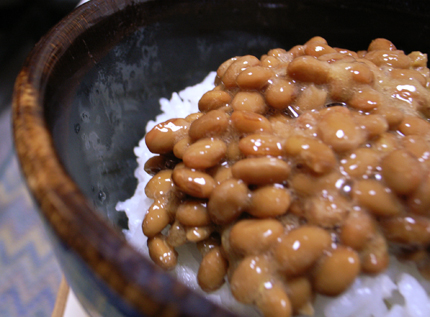
2. Umeboshi Plums
Vainly you think that only the lemon can force your face to be wrinkled in a sour grimace. It is quite enough to put salty plum in a mouth to understand, that it is the most soar thing in the world. Naturally, umberoshi are seldom used separately. Basically they are served with rice, vegetables and meat. There are also those who do not imagine themselves a bag of potato chips without this soar-salty food.
Besides Japanese are assured that sour taste rescues them from sea seek that is why they quite often take a pack or other with themselves in the plane.
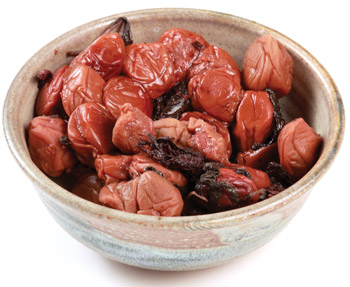
3. Mozuku
This viscous and soft seaweed will, possibly, remind you about lump of the entangled hair which have closed a drain in shower cabin. But Japanese approve, that this green mass is tasty and nutritious and besides increases immunity. To beat off a sharp fish smell, seaweed is usually served with some quantity of vinegar.
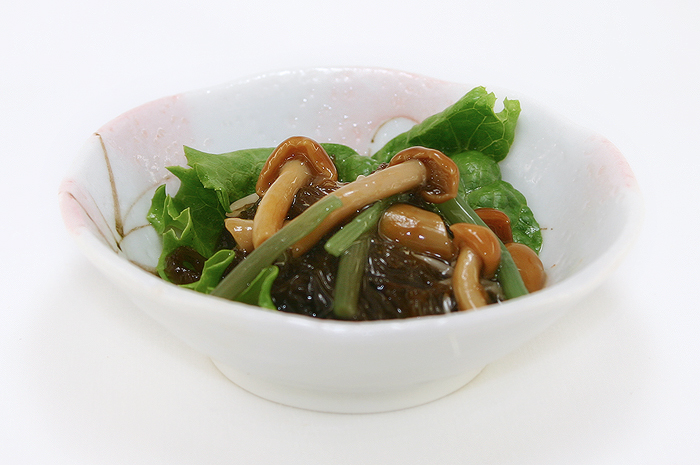
4. Shishamo
Imagine yourself the thin smelt fish, filled by the million tiny crackling spawns, and you will understand, what is Shisamo. This tiny small fish is fried in hot fan together with a head and a tail and is served without any sticks, only by hands. Simply break off head and tail parts and then eat what is in the middle.
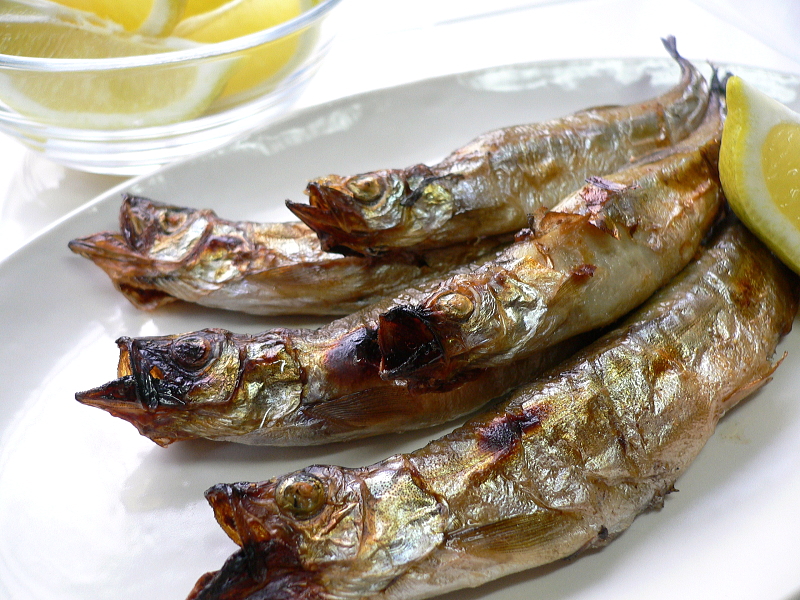
5. Inago
From the distance these brown crickets remind small fry which, however, never was a part of the Japanese kitchen. Inago is usually served with rice flat cakes, chips or is prepared in sweet-sour soya sauce as the addition to rice.
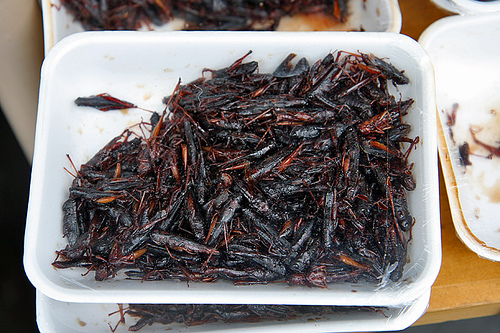
6. Dried squids and octopuses
For Japanese this dish is an equivalent of dried meat. However, dried octopuses contains much more omega 3 fat acids . One more distinctive feature is the strongest smell of a fish. Dried Cephalopods demanding careful chewing are usually served as snack to beer.
7. Konnyaku
These jellylike low-calorie slices, quite often having mad colors, obtained the respect of those who is on a diet. Prepared from potato Konnyaku, the dish is rich on food fibers which are swelling in a stomach, creates a feeling of satiety. To understand, that before you is exactly konnyaku, is rather simple as only Japanese are able to catch it by sticks and eat.
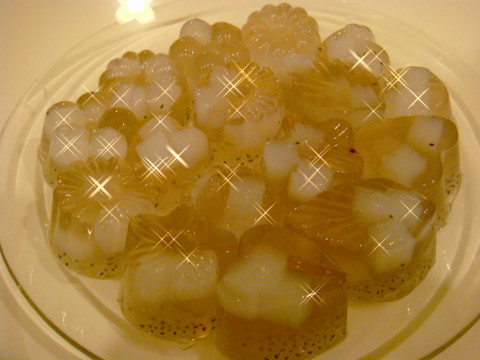
8. Koyadofu
Sublimated tofu is on sale in all Japanese supermarkets. Do not try to eat it raw because there is a risk to break a tooth. After cooking in a broth the product gets a structure and taste of a super absorbing kitchen sponge by means of which one have wiped the poured broth from a table.
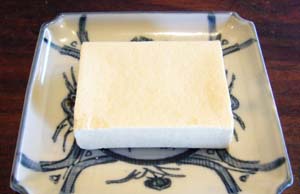
9. Аnko
It would hardly occur to the average European to serve a string bean with sweets. However, you would hardly distinguish taste of the bean in a ice-cream, fruitcake or a viscous stuffing, so strongly this taste is veiled by a lot of sugar. The traditional doughnut served to coffee, also can be made of a string bean.
